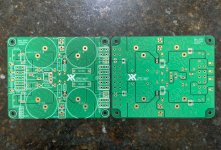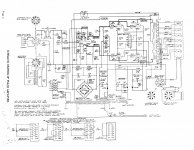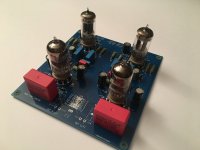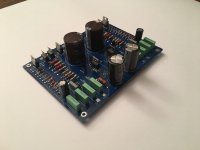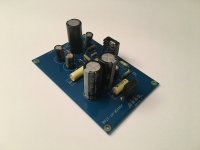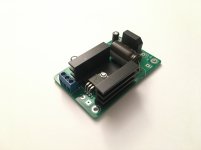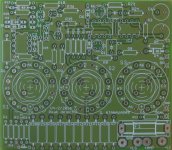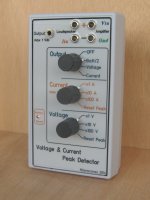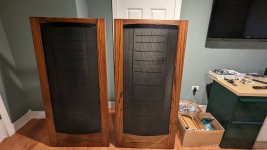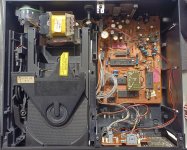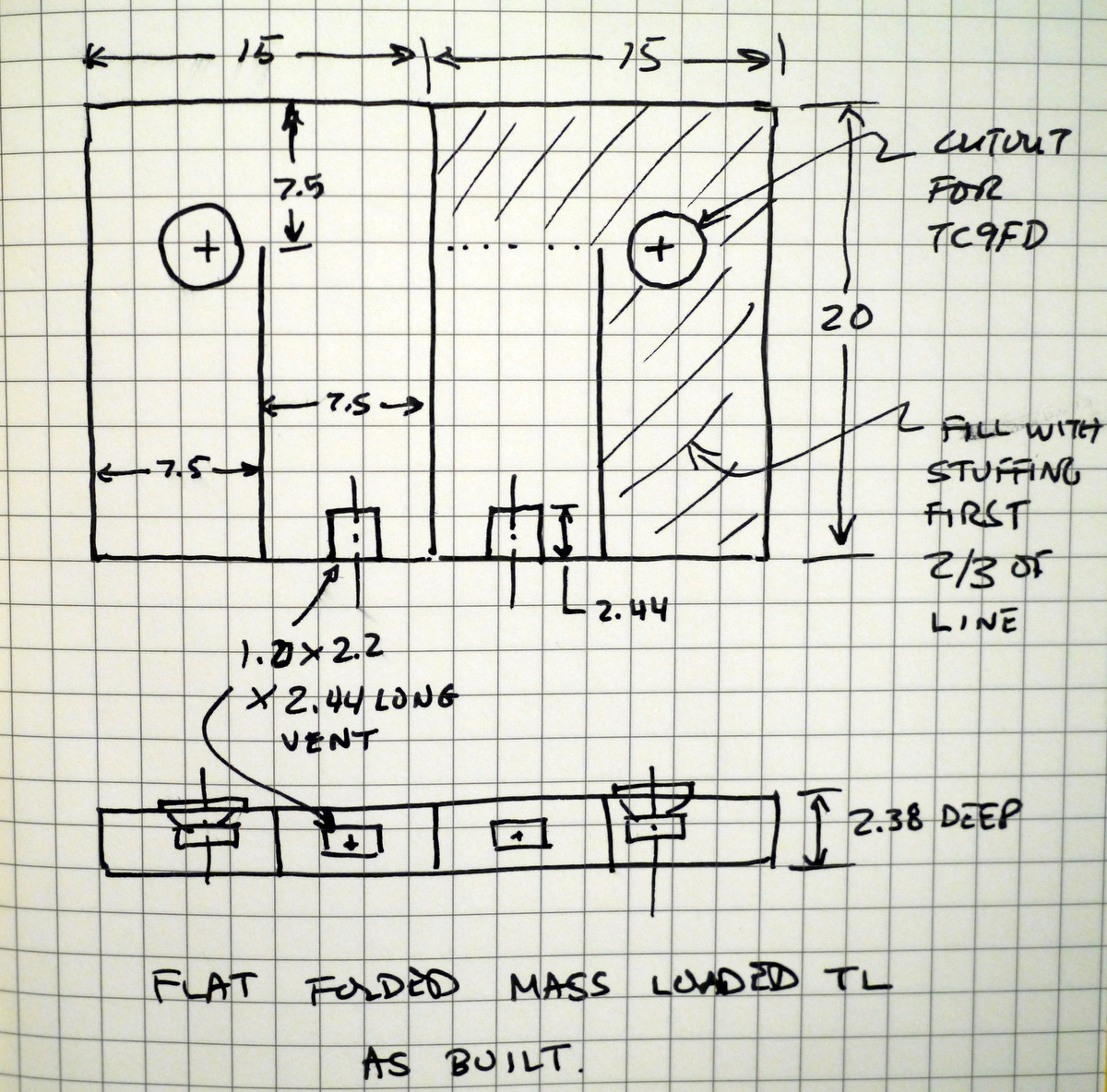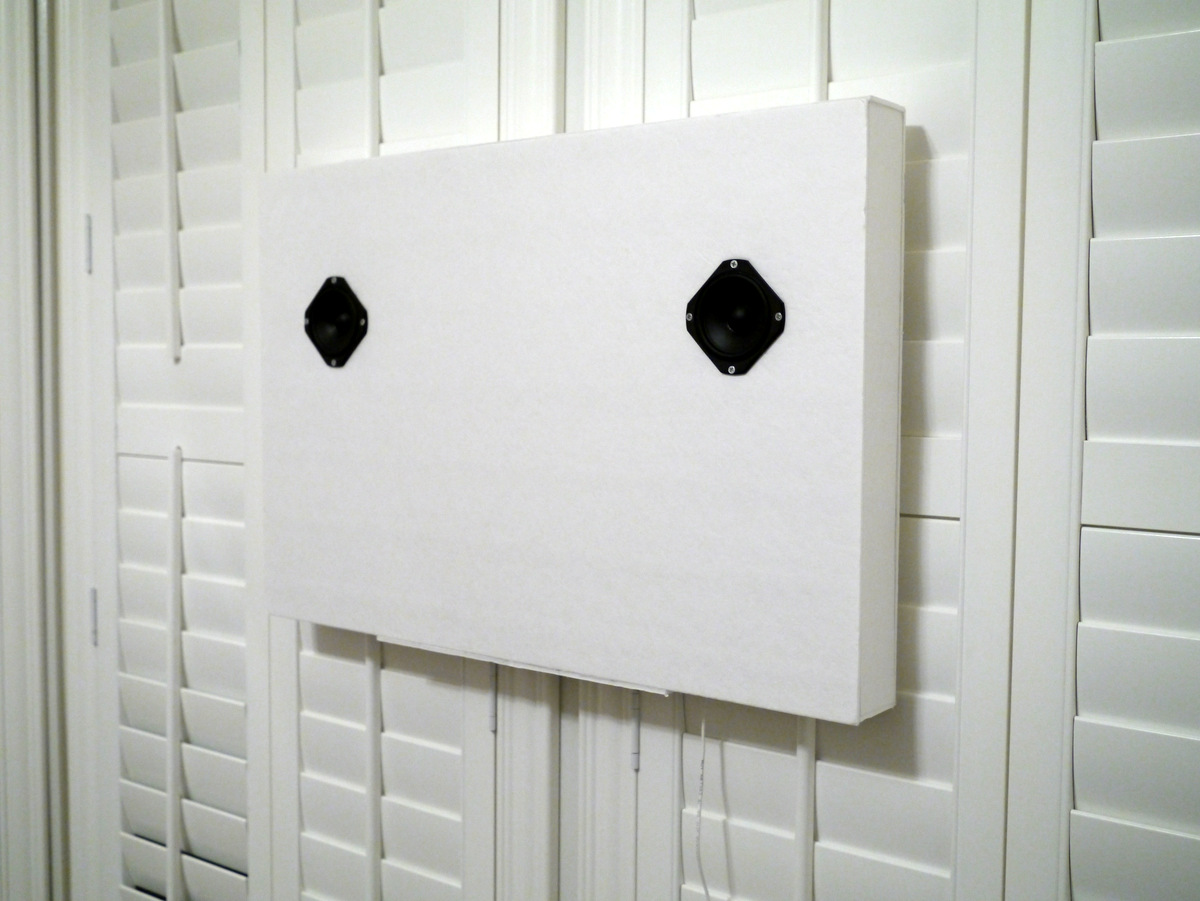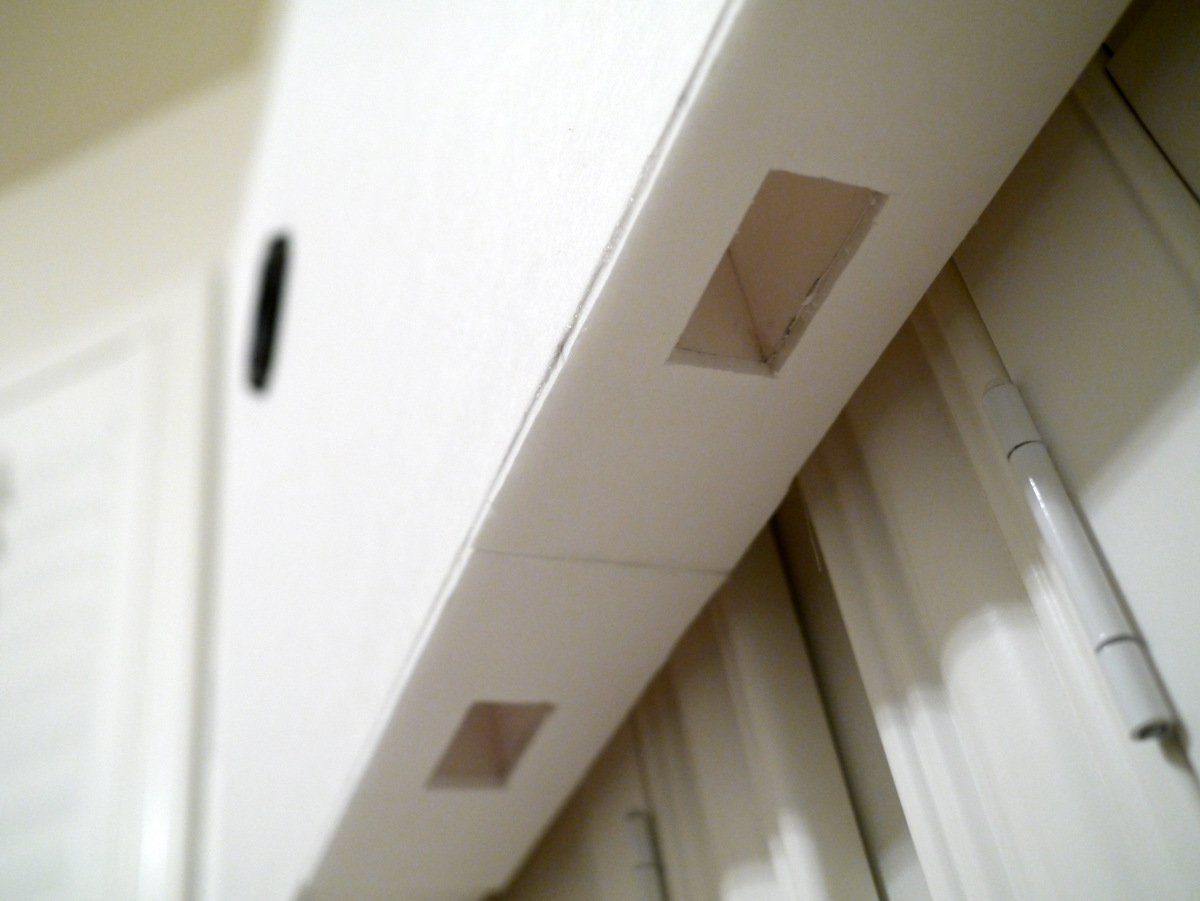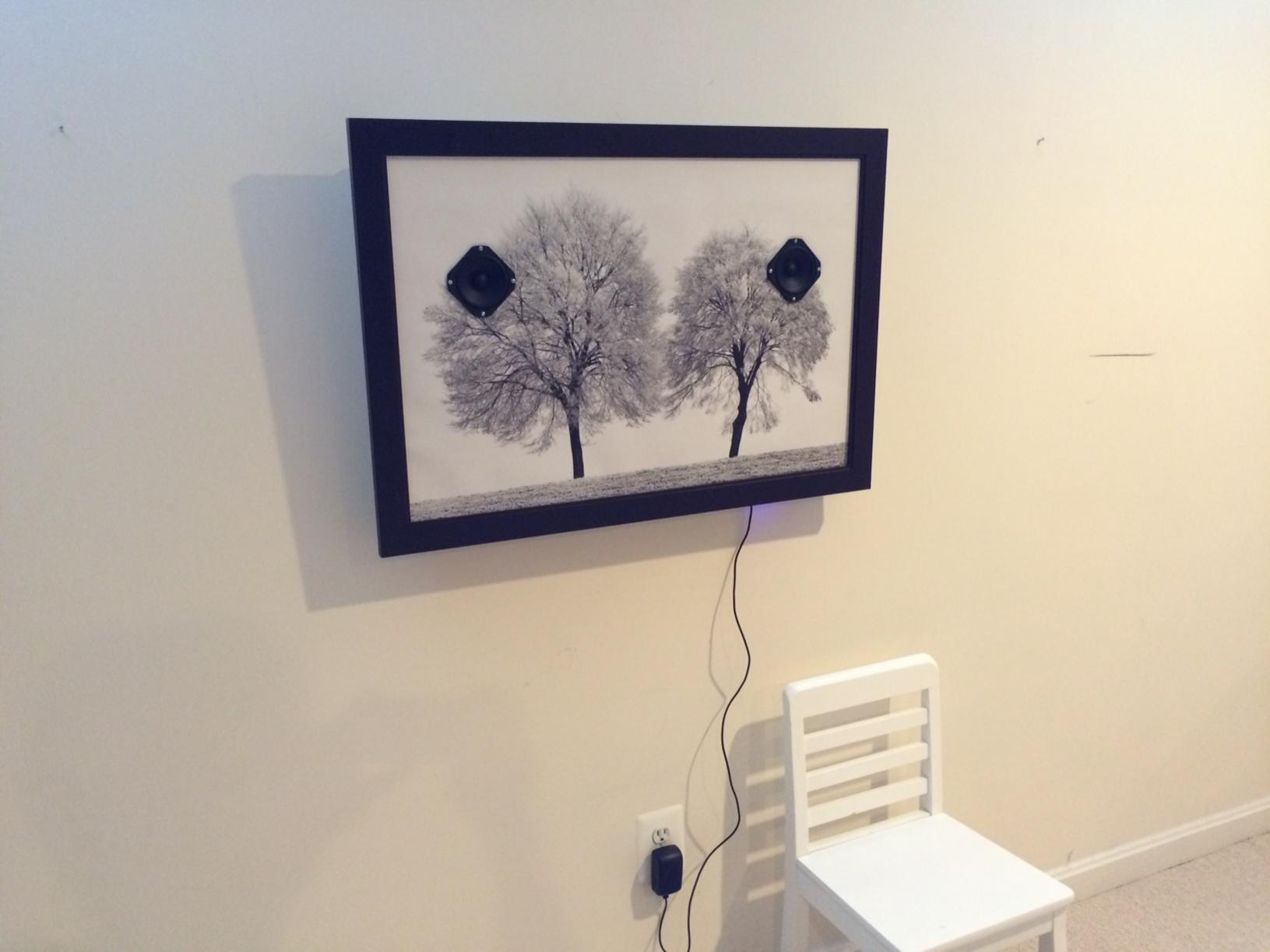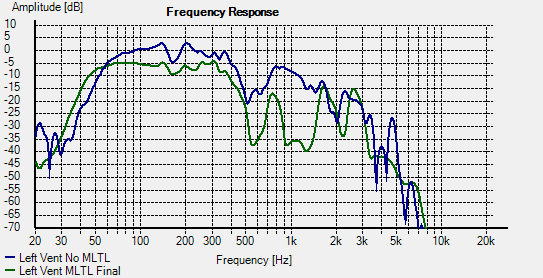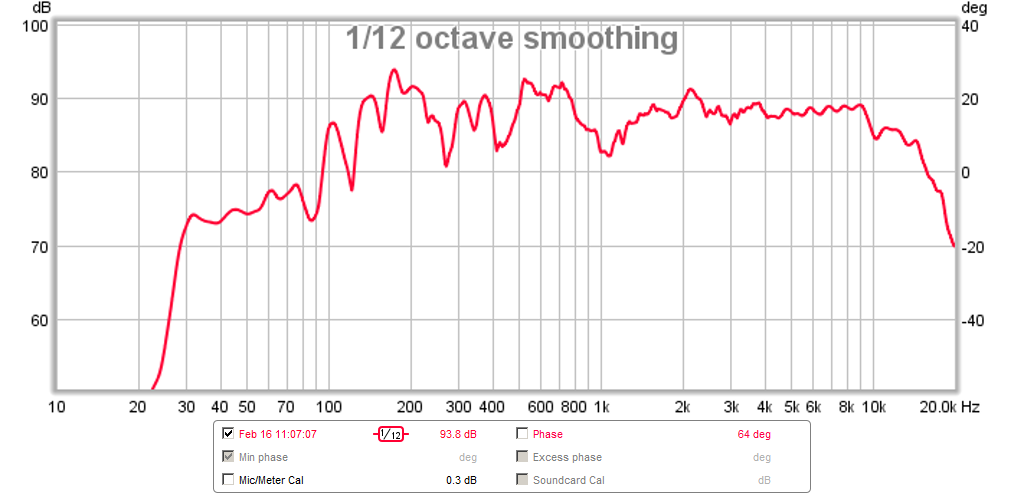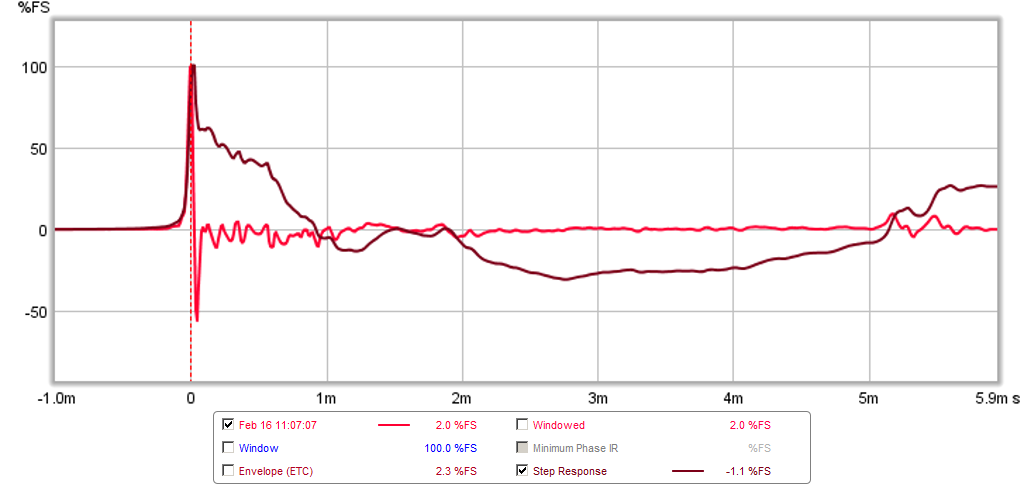Forte Model 3 Amplifier - Gray Shielded Internal Cable Replacement
- Pass Labs
- 12 Replies
Hi Folks. I acquired a Forte Model 3 amplifier, in apparently good working order except for one of the RCA input jacks that would not grip the center post of an RCA plug. To make a long story short when trying to remove the RCA jacks for inspection/replacement I broke off the red wire right where it comes out of the gray sheath that insulates the two conductor cable (one conductor shielded) from the board to the jacks (it looked like maybe the wire had been nicked there at some point prior to me). I am a rank amateur, so in trying to deal with a shorter wire I really messed up the shielded wire, too, and barely had enough length left on both wires to make a connection - although it seems to work.
Realizing that the way the amp sounds is the most important thing, the ugliness of my "work" nonetheless bothers me greatly. So, I Google searched extensively trying to find replacement two conductor cable of the same type, preferably gray so it would look original, but I could not find anything that seemed to match (the only thing remotely close was a cable sold by guitar shops that's for connecting a guitarist's foot pedal). Do you folks know where I could find such cable?
I figured that if I was going to replace the gray cable, which apparently requires removal of the board, I might as well replace the trim pots since I seem to get a lot of voltage/heat sink temp drift with the current ones. I've read up on that, and my only question there is what kind of "goop" I need to put on some of the transistor parts so they will conduct heat properly to the heat sink when putting the board back.
Thank you!
Realizing that the way the amp sounds is the most important thing, the ugliness of my "work" nonetheless bothers me greatly. So, I Google searched extensively trying to find replacement two conductor cable of the same type, preferably gray so it would look original, but I could not find anything that seemed to match (the only thing remotely close was a cable sold by guitar shops that's for connecting a guitarist's foot pedal). Do you folks know where I could find such cable?
I figured that if I was going to replace the gray cable, which apparently requires removal of the board, I might as well replace the trim pots since I seem to get a lot of voltage/heat sink temp drift with the current ones. I've read up on that, and my only question there is what kind of "goop" I need to put on some of the transistor parts so they will conduct heat properly to the heat sink when putting the board back.
Thank you!
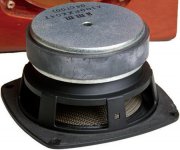
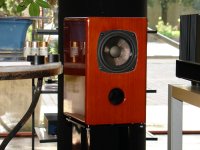
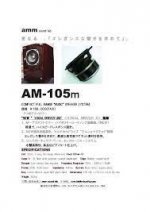
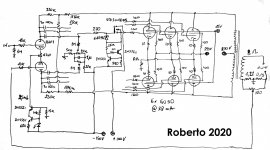
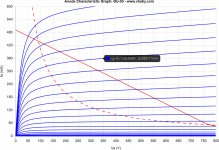

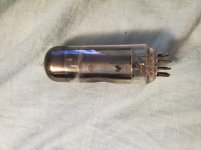
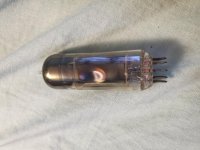
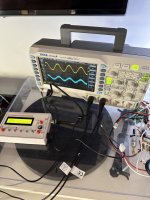
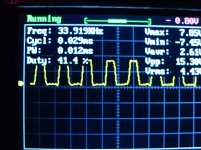
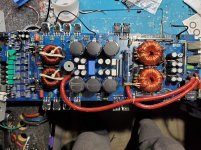
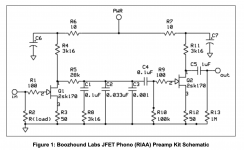
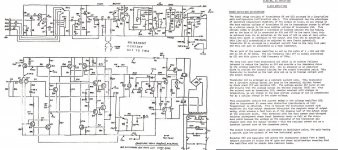
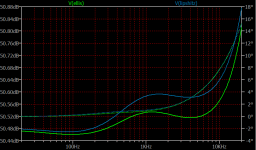

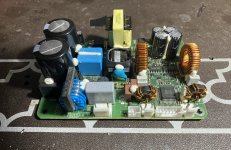
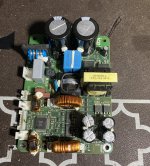
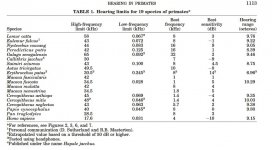
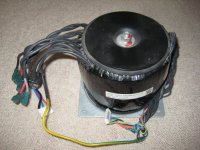
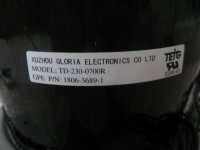
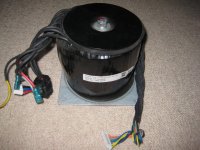
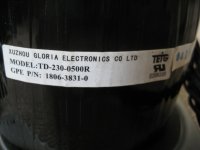
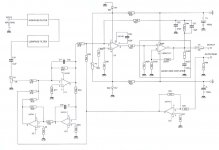
![20230119_184040[1].jpg 20230119_184040[1].jpg](https://www.diyaudio.com/community/data/attachments/1042/1042299-1c32db2542e44c36760782b1113dd442.jpg?hash=HDLbJULkTD)
![20230119_184051[1].jpg 20230119_184051[1].jpg](https://www.diyaudio.com/community/data/attachments/1042/1042300-0d0e592c8800ceb31d55a1f1560f5017.jpg?hash=DQ5ZLIgAzr)
![20230119_183546[1].jpg 20230119_183546[1].jpg](https://www.diyaudio.com/community/data/attachments/1042/1042305-06ae22a6f08124215fae7868bf653023.jpg?hash=Bq4ipvCBJC)
![20230119_183601[1].jpg 20230119_183601[1].jpg](https://www.diyaudio.com/community/data/attachments/1042/1042306-cfb443c43b76984dfd143f4b4fa64f48.jpg?hash=z7RDxDt2mE)
![20230119_183609[1].jpg 20230119_183609[1].jpg](https://www.diyaudio.com/community/data/attachments/1042/1042307-41853fc9a7ac7ed988b5a46b9719c638.jpg?hash=QYU_yaesft)
